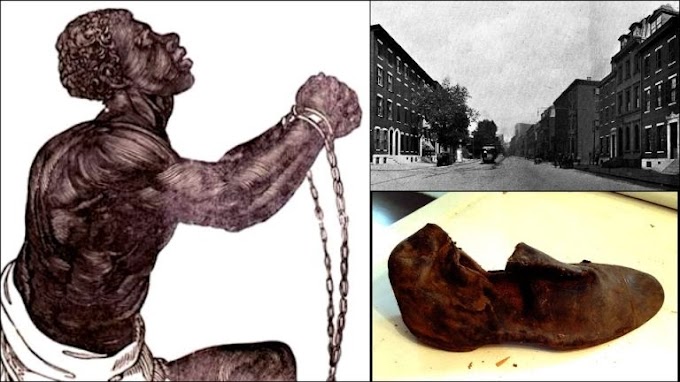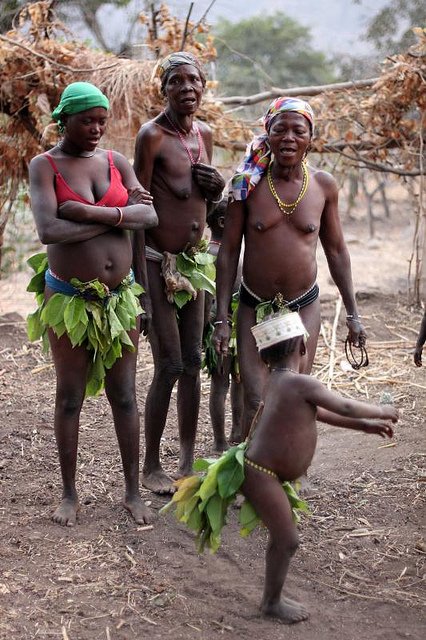This is Osun-Osogbo Sacred Grove, it is a sacred grove along the banks of the Osun River just outside the city of Osogbo, Osun State, Nigeria.
The Osun Osogbo Sacred Grove in Southern Nigeria is a natural herbal pharmacy containing over 400 species of plants, some endemic, of which more than 200 species are known for their medicinal uses.
Every year, the Osun-Osogbo Festival is celebrated in the month of August at the Grove. The festival attracts thousands of Osun worshippers, spectators and tourists from all walks of life.
The Osun-Oshogbo Sacred Grove is one of the vast undisturbed areas of land in Africa. Fishing, farming and hunting are forbidden on the 75 hectares of sacred land. The sacred forest captures the potency of Mother Nature in her fullest glory. This is evidenced by the rare species of antelopes, monkeys and other exotic animals that can be seen strutting around the grove, enjoying occasional visitors who come to see the artistic beauty and also enjoy the traditional splendour of the sacred forest.
The Osun-Osogbo Grove is several centuries old and is among the last of the sacred forests that once adjoined the edges of most Yoruba cities before extensive urbanization. In recognition of its global significance and its cultural value, the Sacred Grove was inscribed as a UNESCO World Heritage Site in 2005.
Sacred groves used to be found near every Yoruba settlement, but their disappearance over time has made Osun-Osogbo an important reference point for Yoruba identity and the Yoruba diaspora. The historic landscape remains a place of worship and plays host to an annual festival, but by the time it was included on the 2014 World Monuments Watch it faced a number of modern challenges. The rapid growth of the city of Osogbo was causing pressure on land use that was affecting the area around the site. Additionally, the Osun River was becoming increasingly polluted and bush fires posed a continuing threat to the sacred area.
The historical antecedent of “Oshogbo” tells the story of a hunter who saved his people from famine and slavery, turned to the river Osun goddess for help, would later establish a community along the bank of the river and which would develop into a full town.
Picture: AdeLove









0 Comments